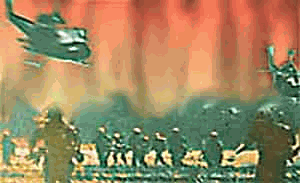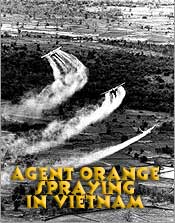



Article on: Defoliation


| Web Addresses | Description |
|---|---|
http://www.nara.gov/regional/mpr.html |
National Personnel Records Center, Military Personnel Records Web Site |
http://www.nara.gov/regional/mprsf180.html |
Download form SF 180 to request a copy of DD Form 214 |
http://www.va.gov/index.htm |
Veterans Administration & Benefits |
http://www.vba.va.gov/bln/21/Benefits/index.htm |
Compensation & Pension Benefits |
http://vabenefits.vba.va.gov/vonapp/ |
Veterans online application web site (VONAPP) |
http://www.va.gov/FORMS/default.asp |
VA Forms |
http://www.vva.org/benefits/vvaguide.htm |
Agent Orange, VA Claims and Appeals, Post-traumatic Stress Disorder, VVA's Guide To Veterans Preference |
http://www.vva.org/benefits/vvgvaclaims.htm |
VVA's Guide on VA CLAIMS and APPEALS |
http://www.ssa.gov |
Social Security Online |
http://www.ssa.gov/disability/ |
Social Security Disability Information |
http://www.senate.gov/ |
U.S. Senate |
http://www.house.gov/Welcome.html |
U.S. House of Representatives |
http://www.pld.ttu.ee/~gert/jwz/covernment.html |
U.S. Government Links |